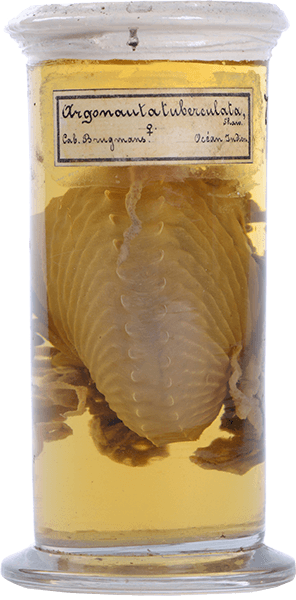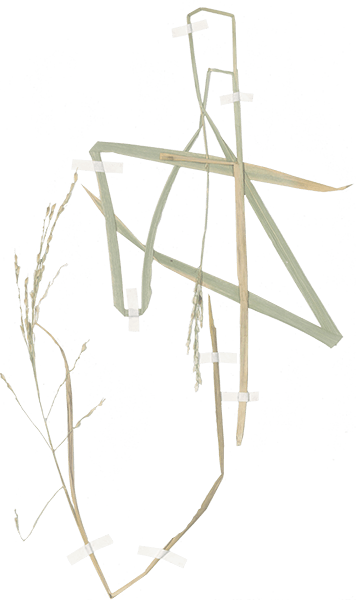Knobbed argonaut is the intriguing name of this Indian Ocean squid. It was Sebald Brugmans, Leiden professor and Rector, who acquired it in the 18th century. Brugmans (1763-1819) spent years painstakingly expanding his collection. After his death, the University bought the collection for the then astronomical sum of 34,000 guilders. At that time, it was common for collections to be sold in their entirety after the death of the passionate collector. Museums barely existed and surviving relatives did not receive a pension, so they often needed money.



